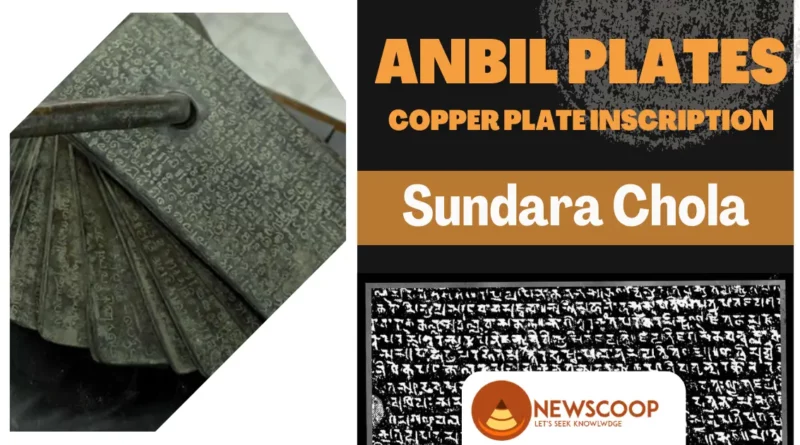Anbil Plates of Sundara Chola
What are Anbil Plates?
Anbil plates are a set of copper plate inscriptions that date back to the reign of Sundara Chola, who ruled the Chola dynasty in South India during the 11th century CE. These inscriptions were made in the form of grants made by the king to a person named Arinjaya, and they provide valuable historical information about his family, his place within the Chola dynasty, and the conditions during the reign of Sundara Chola.
The Anbil plates are an important source of information for scholars and researchers studying the history and culture of the Chola dynasty, as they provide a first-hand account of the events and conditions of the time period.
What is the Purpose of the Anbil Plates?
The purpose of the Anbil plates is to serve as a record of the grant of land and privileges made by the Chola king, Sundara Chola, to Arinjaya, a member of the Chola dynasty. The plates serve as a legal document and provide evidence of the grant, which was made to Arinjaya and his descendants.
The plates also provide valuable historical information about the Chola dynasty, including the genealogy of Arinjaya’s family, the political connections and alliances within the kingdom, and the social, economic, and cultural conditions during the reign of Sundara Chola.
The purpose of the Anbil plates is to preserve this information for future generations and to provide a source of information for scholars and researchers studying the Chola dynasty and its history.
Importance of Anbil Plates
The Anbil plates are important for several reasons, including:
- Genealogy Information: The Anbil plates provide genealogical information about Arinjaya and his family, including the names of his ancestors and descendants, which is crucial for tracing the lineage of the Chola dynasty.
- Political Connections: The plates also provide insight into the political connections and alliances within the Chola Kingdom, including Arinjaya’s relationships with other members of the royal family and the different branches of the dynasty.
- Historical Context: The Anbil plates provide a historical context for the reign of Sundara Chola, including information about the social, economic, and political conditions during this time period.
- Administrative System: The plates give an idea of the administrative system of the Chola dynasty, including the distribution of land grants and other privileges, which is important for understanding the structure of the kingdom.
- Cultural Significance: The Anbil plates are also important for understanding the cultural significance of the Chola dynasty, including the religious and cultural practices that were prevalent during this time period.
- Source of Information: The Anbil plates are a valuable source of information for scholars and researchers studying the Chola dynasty and its history, as they provide a first-hand account of the events and conditions of the time period.
Conclusion
In conclusion, the Anbil plates are a valuable source of information about the Chola dynasty and its history. They serve as a record of the land grant made by King Sundara Chola to Arinjaya and provide valuable information about the genealogy, political connections, and cultural practices of the Chola Kingdom.
Moreover, the plates offer a glimpse into the social, economic, and political conditions of the time period and provide a historical context for the reign of Sundara Chola. As such, they serve as a valuable resource for scholars and researchers studying the Chola dynasty and its history and offer insight into the complexities of familial relationships and political connections in the ancient kingdom.
Hence, Anbil plates serve as a testament to the importance of preserving historical records for future generations and the ongoing relevance of understanding the history of past civilizations.
Thank You!

